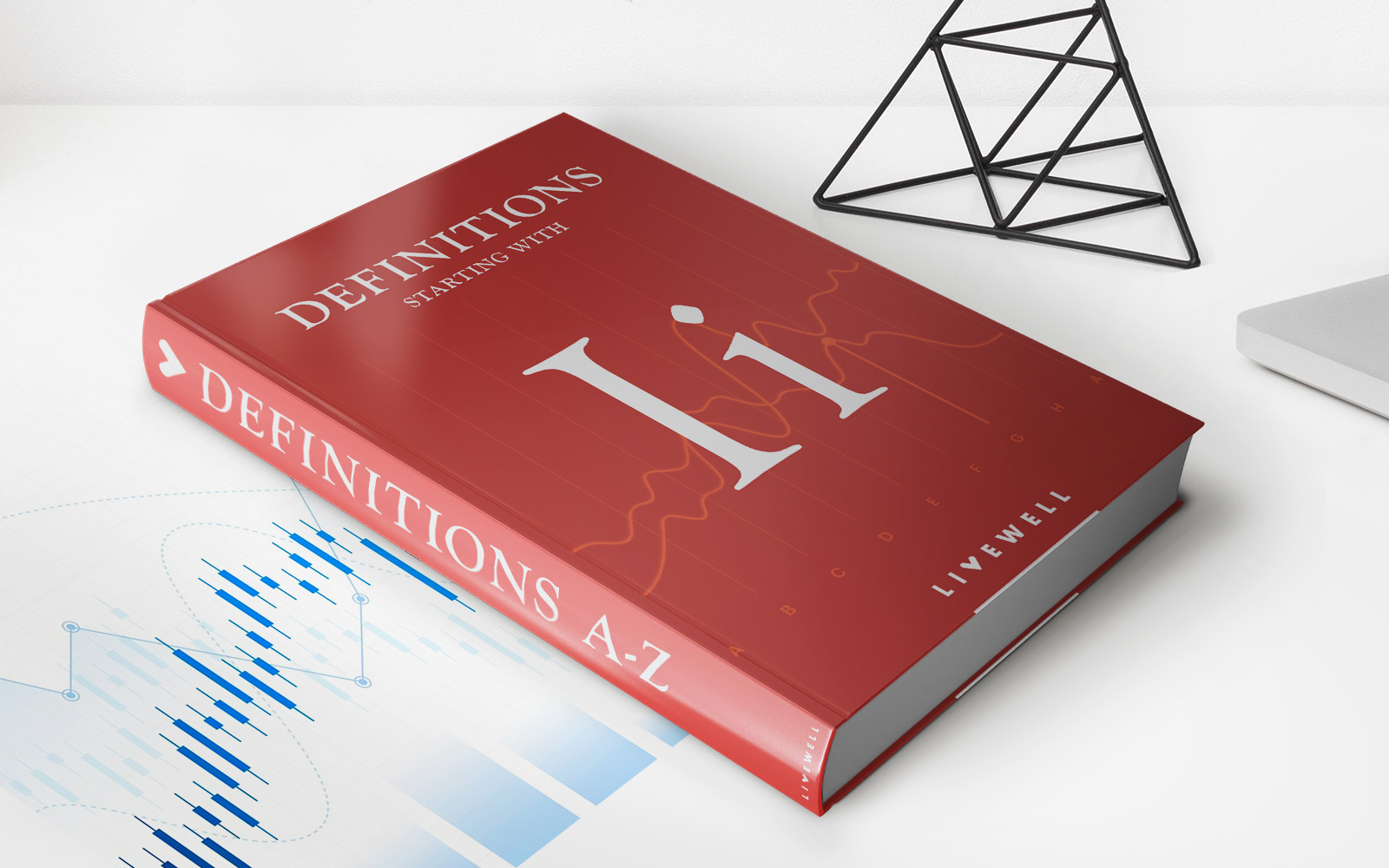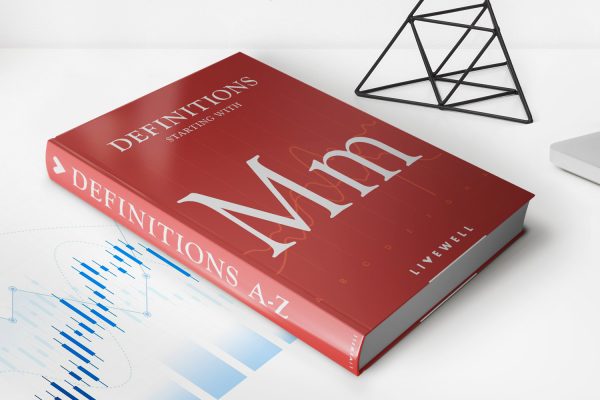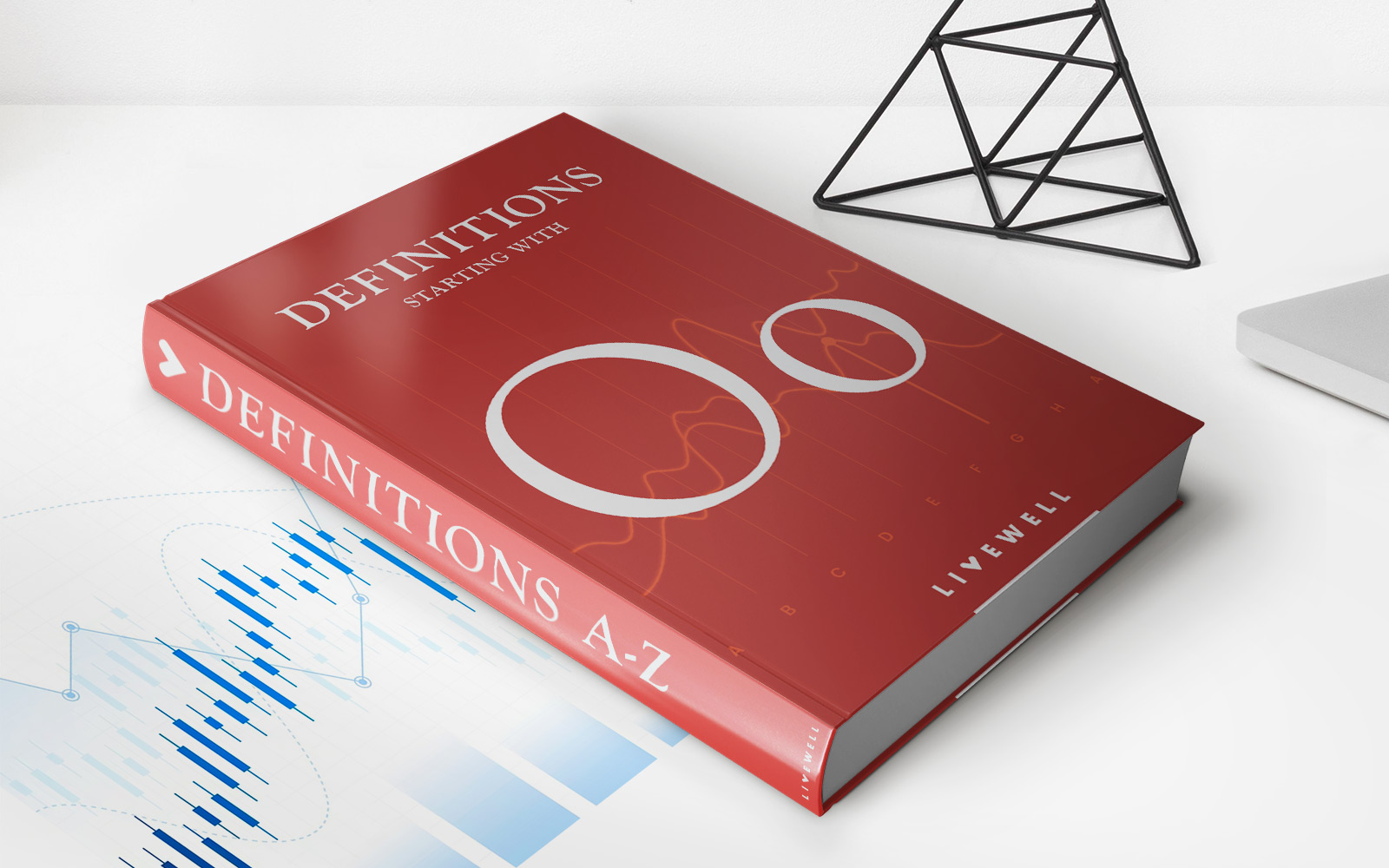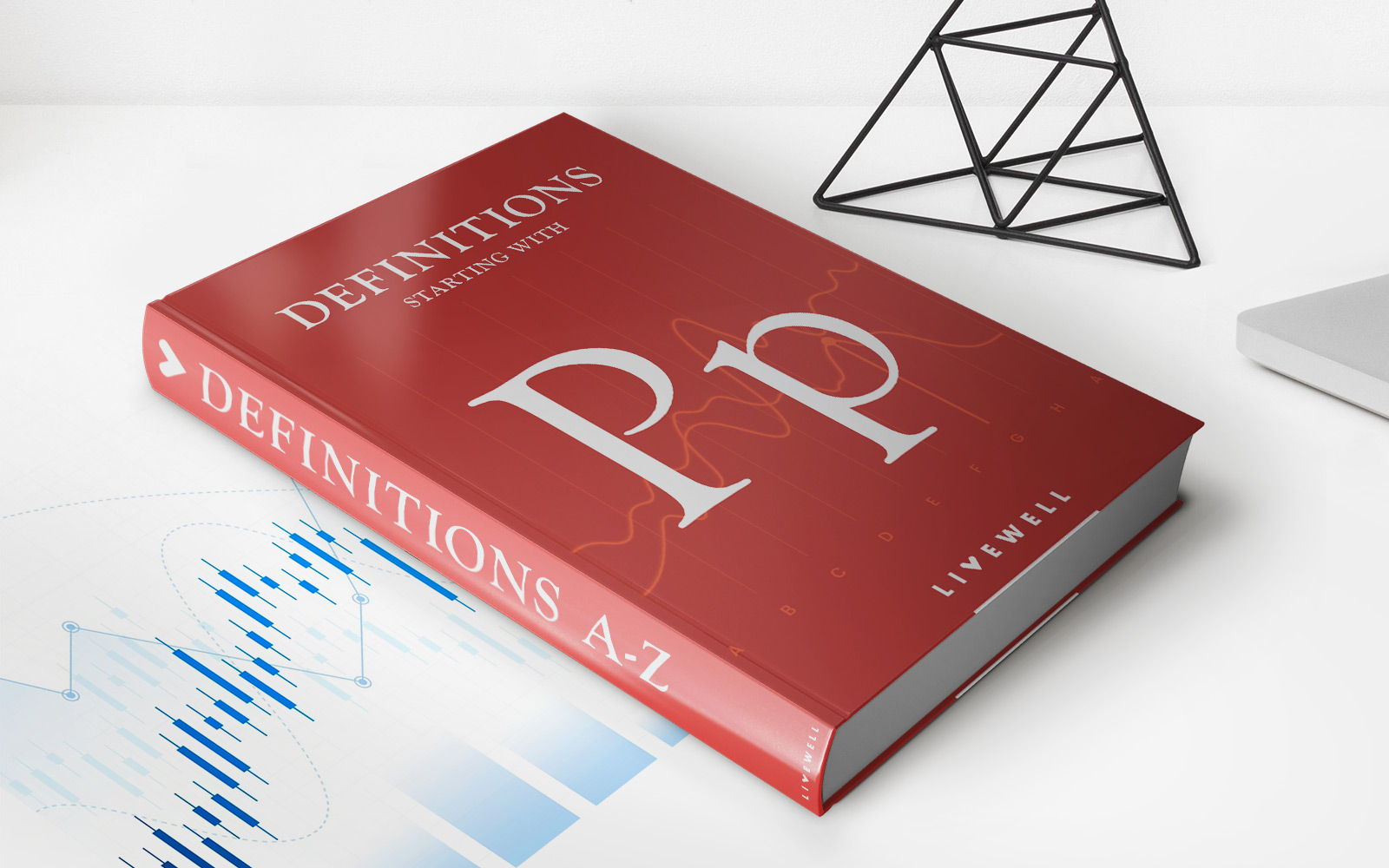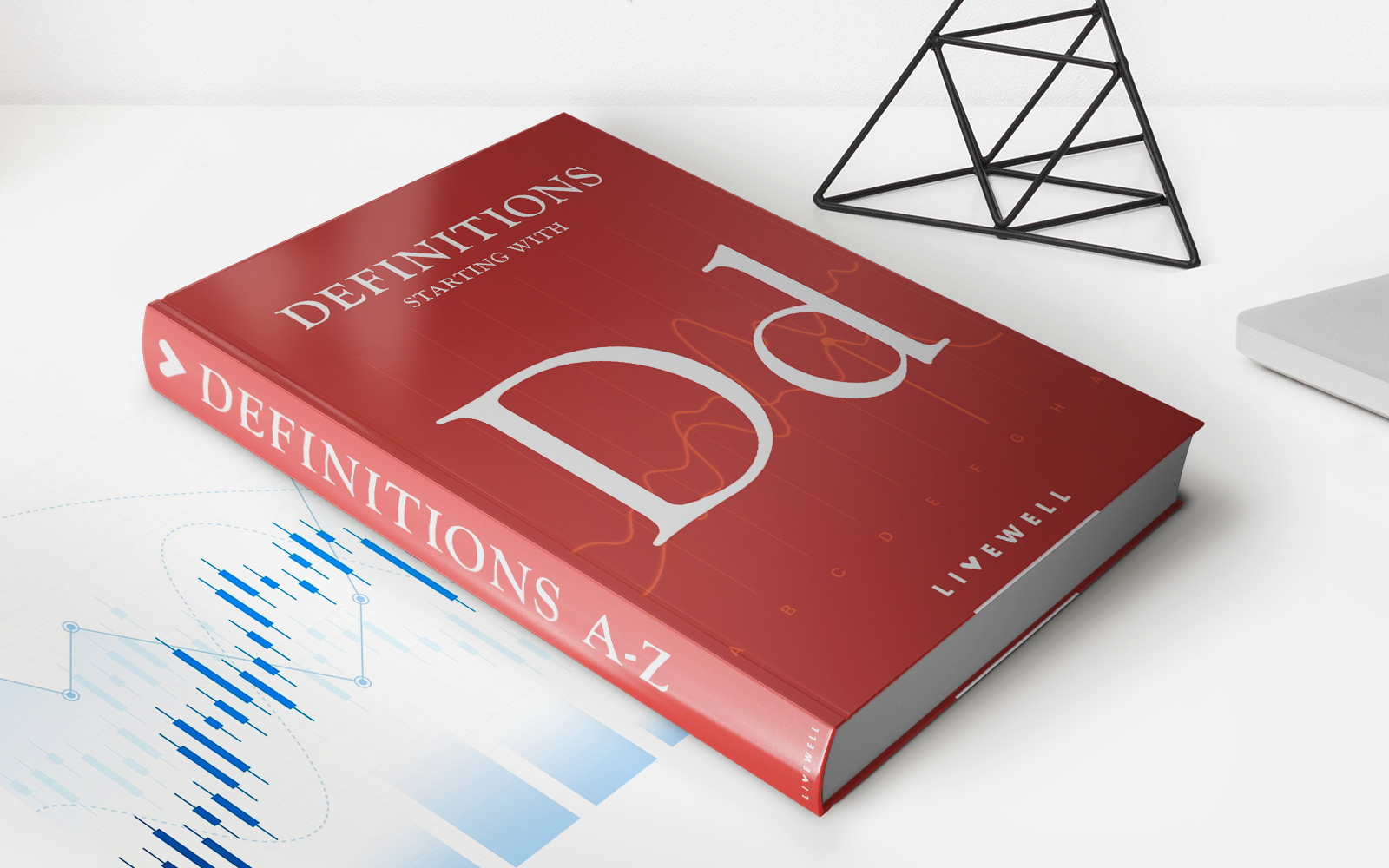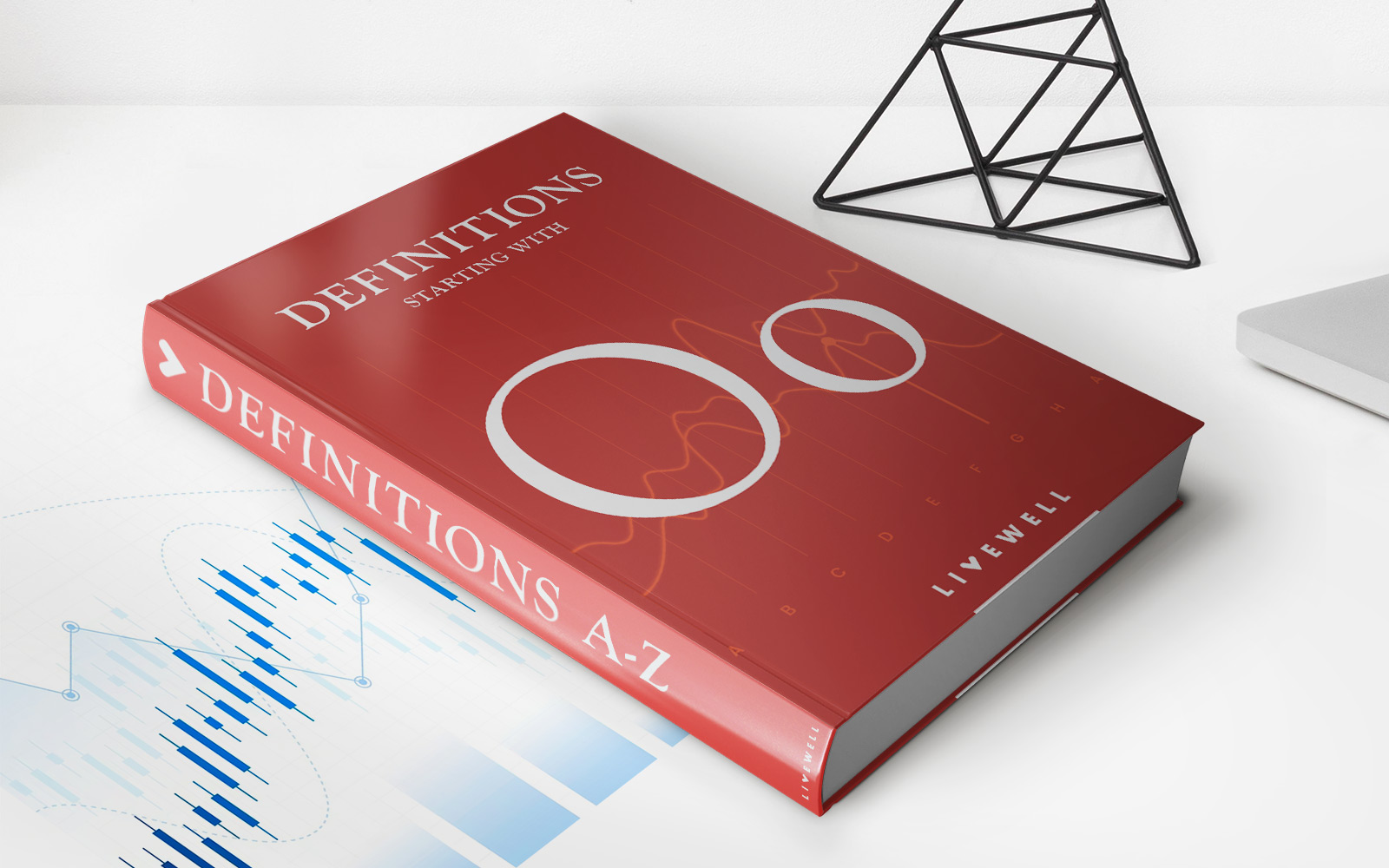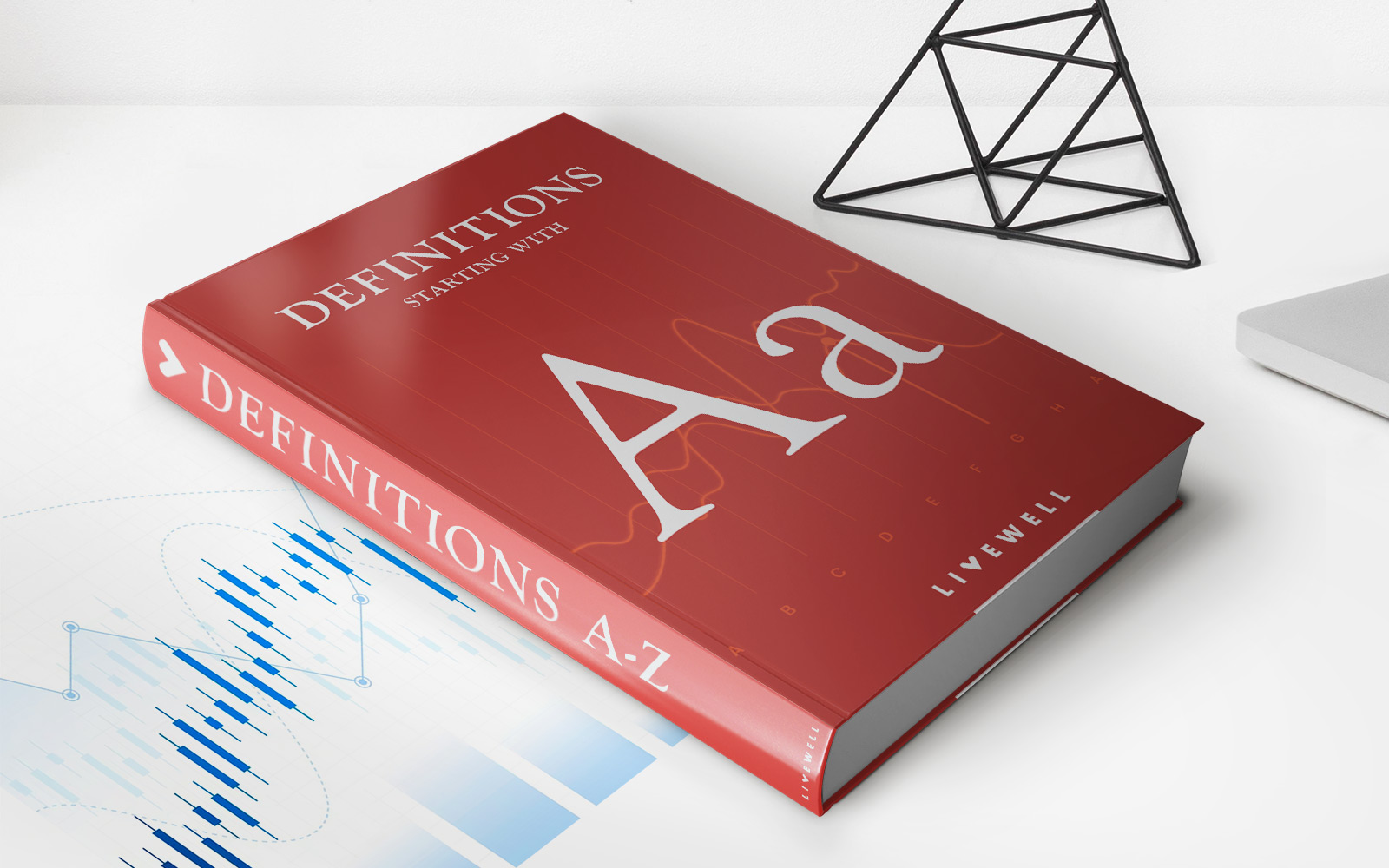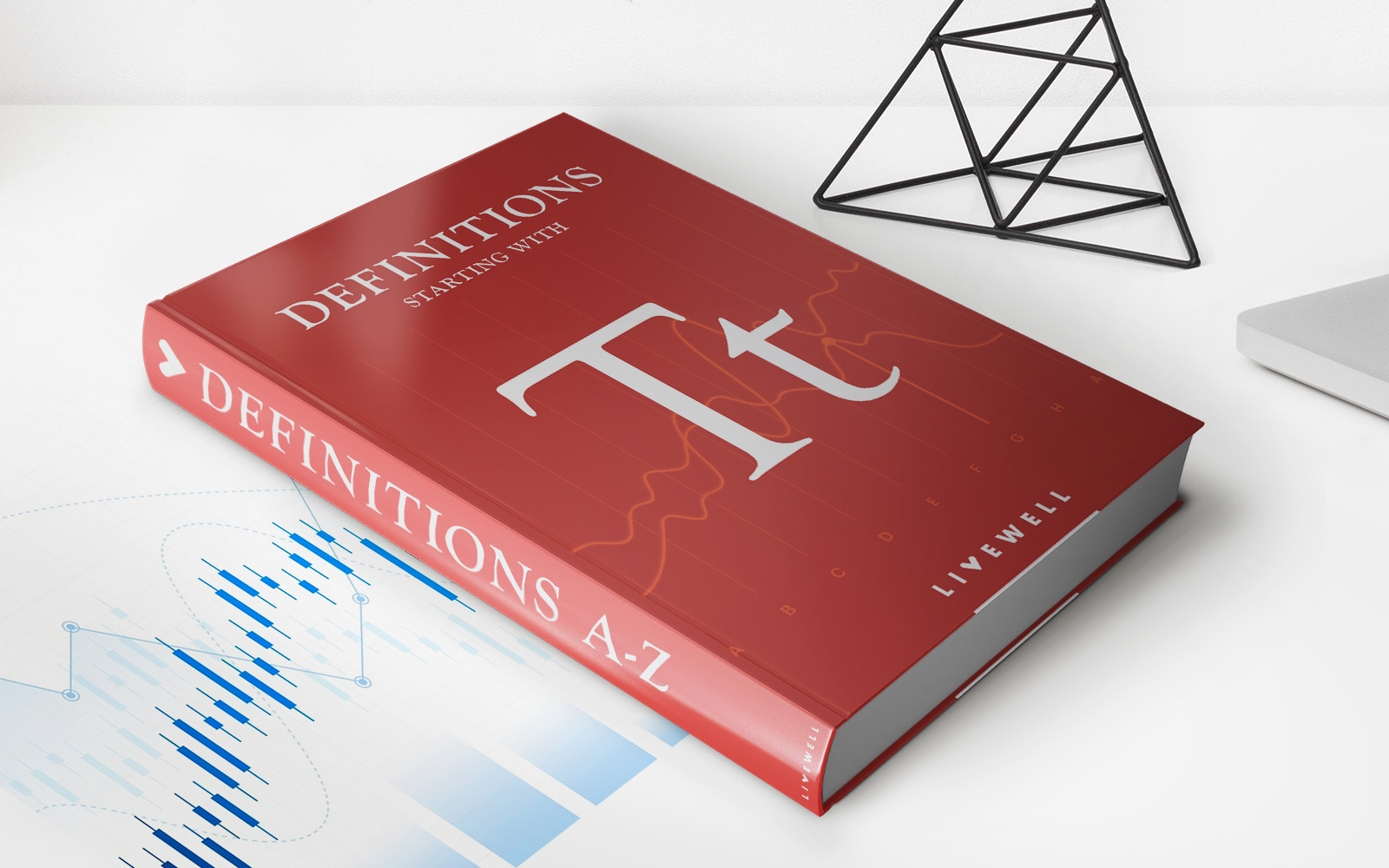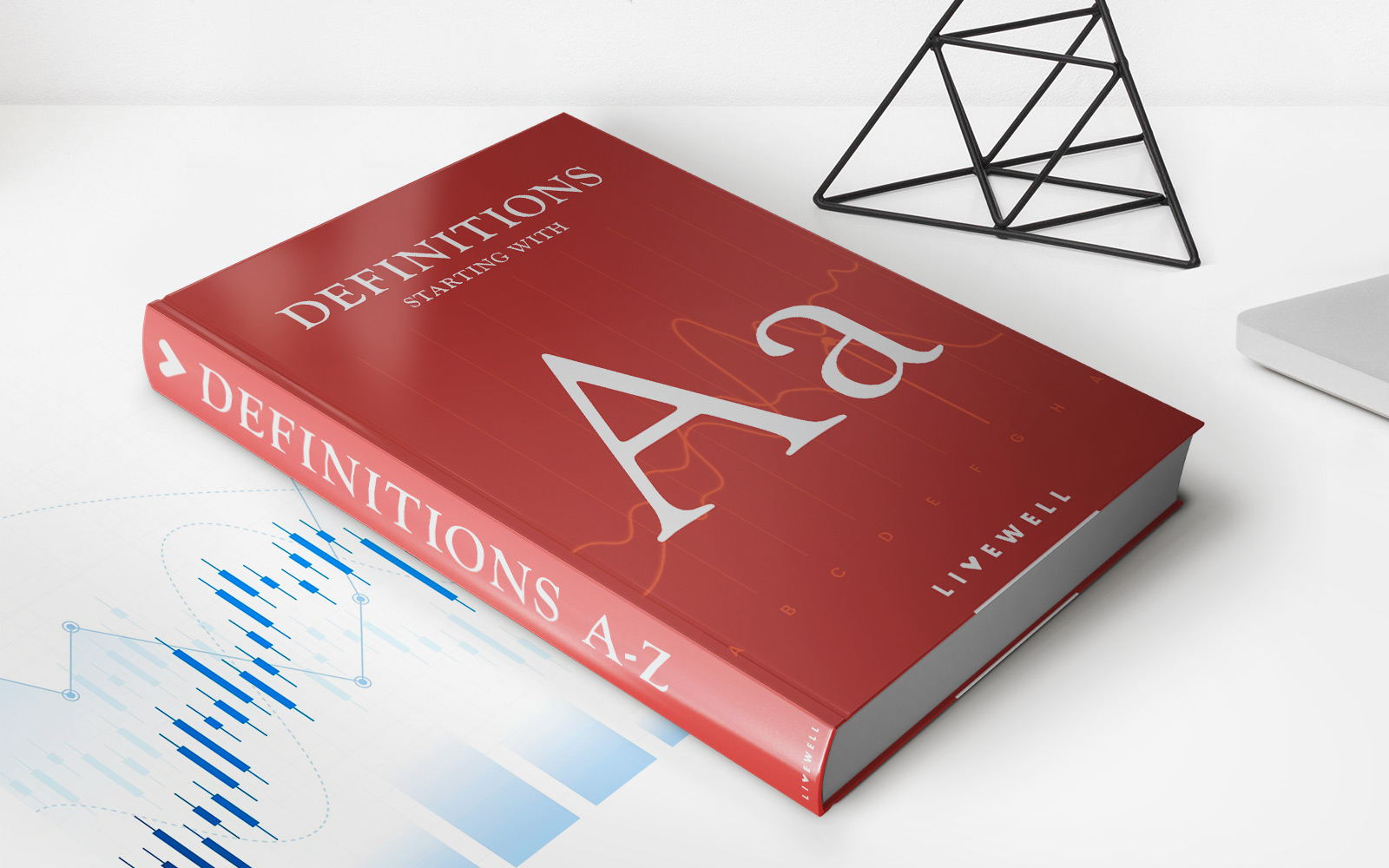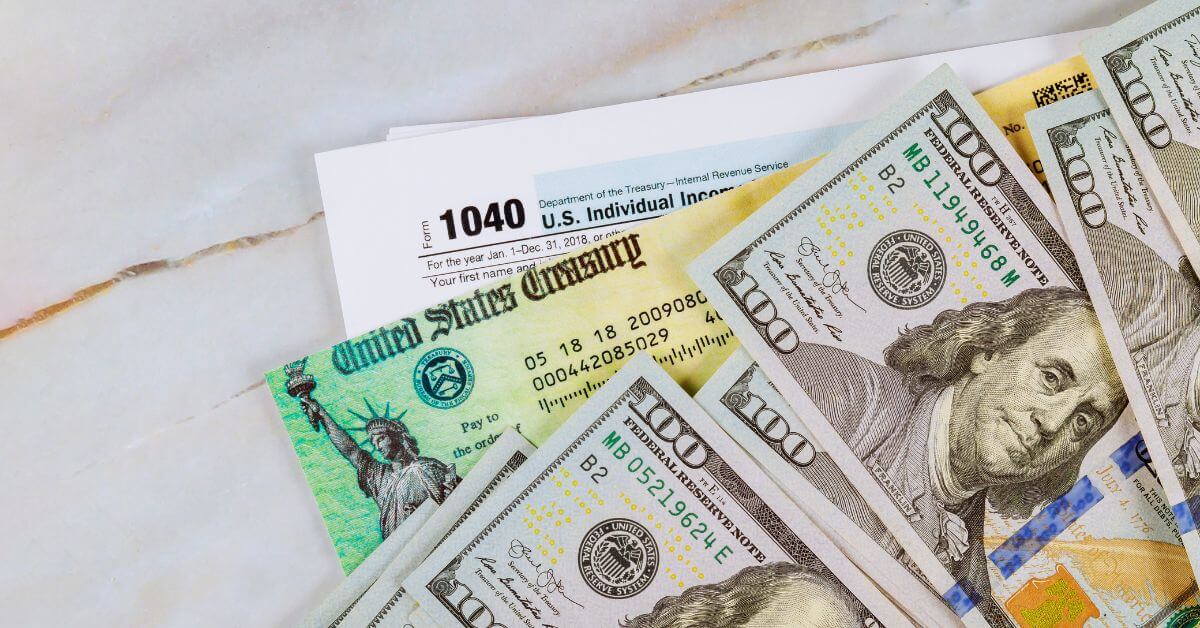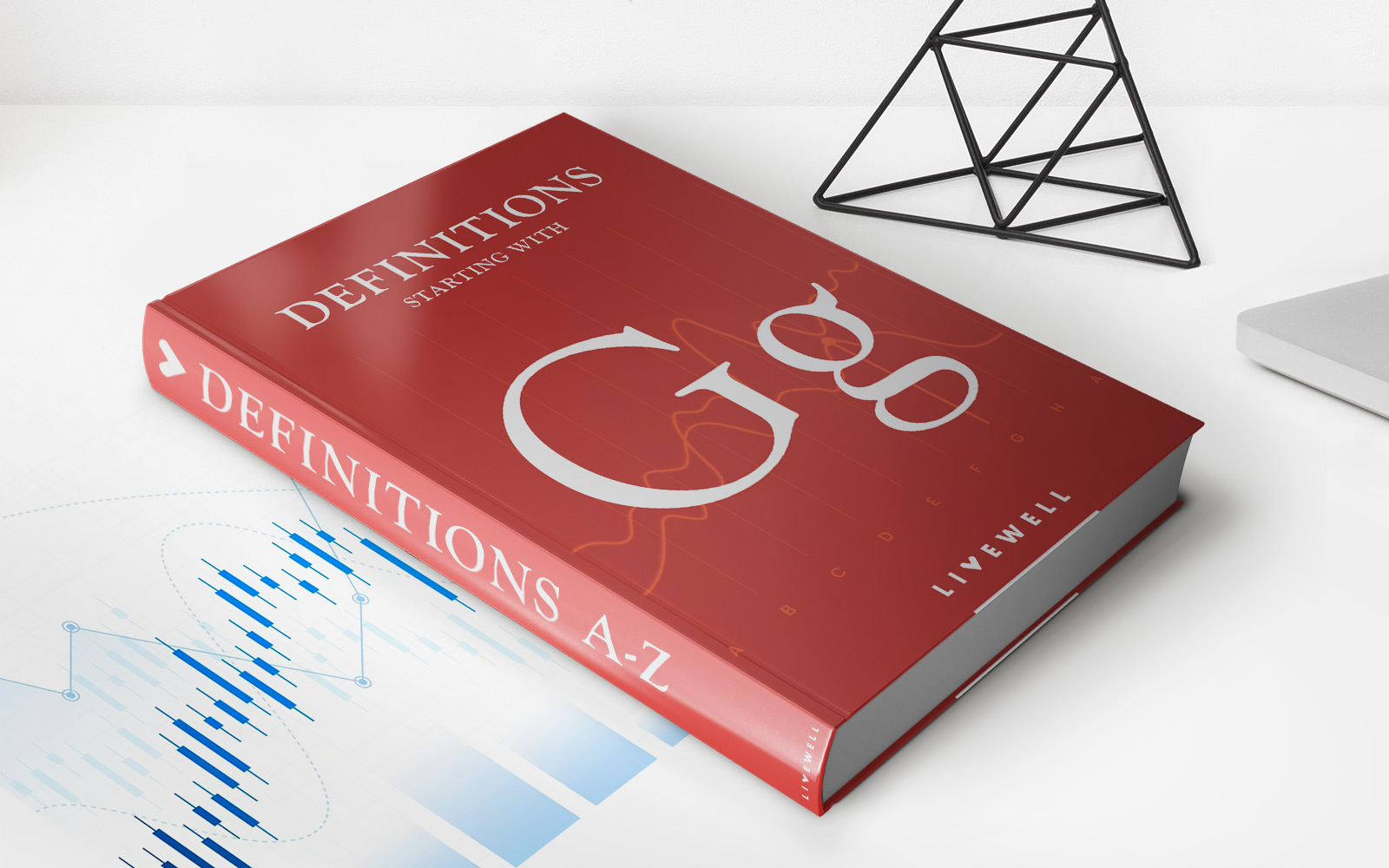

Finance
Greenback: Definition, Origin, And History
Published: December 2, 2023
Learn about the meaning, origin, and evolution of greenback in the world of finance. Explore its history and significance in the financial industry.
(Many of the links in this article redirect to a specific reviewed product. Your purchase of these products through affiliate links helps to generate commission for LiveWell, at no extra cost. Learn more)
Introduction
Finance has always been a fascinating field, full of terminologies and concepts that shape our understanding of the global economy. One such term that holds great significance in the realm of money and currency is the greenback. In this blog post, we will delve into the definition, origin, and history of the greenback, shedding light on its importance and impact.
Key Takeaways
- The greenback refers to the United States dollar, which is commonly adorned with a green-colored ink.
- Originally issued as a form of paper currency during the American Civil War, it has since become the primary medium of exchange in the United States and internationally.
Definition of Greenback
The term “greenback” is colloquially used to refer to the United States dollar. What sets it apart is its distinctive green color, stemming from the ink used in printing the currency notes. This unique feature has given rise to the nickname “greenback,” which is recognizable to people around the world.
Origin of the Greenback
The origin of the greenback can be traced back to the mid-19th century during the American Civil War. As the war raged on, the Union government faced an acute shortage of funds to finance its military operations. To meet the financial needs of the country, the government resorted to issuing paper currency, which became known as greenbacks. These notes were not backed by any specific tangible assets such as gold or silver but were instead considered legal tender by the government.
History of the Greenback
Following the conclusion of the Civil War, the greenback continued to be in circulation and gradually gained wider acceptance as a medium of exchange. However, due to concerns regarding their value, the greenbacks experienced periods of fluctuation in relation to other currencies. This led to the eventual development of the gold standard in the United States, where the value of the dollar was tied to the value of gold.
Over time, the greenback evolved and became the primary form of currency used in daily transactions in the United States. Its significance extended beyond the borders of the country, with the dollar gaining recognition as a global reserve currency. Today, the greenback plays an essential role in international trade, foreign exchange markets, and global financial transactions.
Conclusion
In conclusion, the greenback, also known as the United States dollar, holds great importance in the world of finance. Its distinct green color, originating from the ink used in printing, has given rise to its nickname. With a fascinating origin rooted in the American Civil War, the greenback has become a ubiquitous symbol of value and economic power. Its role as a global reserve currency and medium of exchange further solidifies its position among the most influential currencies in the world.
Key Takeaways:
- The greenback refers to the United States dollar, commonly recognized by its green ink.
- Originating from the American Civil War, greenbacks were initially issued as paper currency without the backing of tangible assets.
- Despite fluctuations in value, the greenback has evolved to become the primary currency used in the United States and a globally recognized reserve currency.
